- Home
- Artificial Lures
Getting to Grips with
Salt Water Fishing Lures
Not only do today's salt water fishing lures look and move like the real thing, some actually feel and smell fishy too. Small wonder then, that many sea anglers are turning to lure fishing techniques instead of fishing with natural bait - and catching more fish as a result.
If you're a yachtsman sailing offshore the odds are you'll probably not have a fridge load of fresh bait on board just in case the mood to wet a line takes you.
For you, lures are definitely the way to go.
But, be warned! Salt water fishing lures are eminently collectable - a fact recognised by some manufacturers who produce salt water fishing lures far more likely to catch anglers than fish.
But if you follow the recommendations made in these pages, you'll be gently steered well clear of them.
On this page...
Trolling Lures:
Jig Lures:
Casting Lures:
A good lure, properly deployed, will deceive the most wary of fish - but left motionless the same lure is unlikely to be viewed with anything other than total disdain or mild amusement by its intended client. Essentially, it has to be made to move about a bit to give it some, er, allure.
And there are three main ways of achieving this:~
- By towing the lure astern of a moving boat, under sail or power - a technique known as trolling, or;
- By working the lure from a drifting or anchored boat - jig fishing or jigging as it's known, or;
- By casting and working the lure with a rod and reel - spinning or baitcasting.
Most salt water fishing lures will have been optimised to best suit one of these applications, although some do have a multi-role capability.
For example, some trolling lures works equally well as casting lures - and vice versa - and some jigging lures will catch fish when trolled astern or cast from the shore.
Let's take a brief look at them in turn...
Trolling Lures
There are thousands, quite literally, of different trolling lures on the market. But thankfully these salt water fishing lures all fall into one of several different categories. For example:~
Skirted Lures
Often used as teasers and in conjunction with daisy chains and spreader bars, these are the mainstay of the trolling fisherman's lure collection.
They range from small 75mm long versions suitable for inshore trolling, and huge 500mm long versions used by big game anglers trolling offshore for billfish and giant tuna.
Successful trolling with skirted lures depends to a large degree on the lure's ability to produce a good bubble trail, the intensity of which is governed by the size and shape of the lure head - and to a lesser extent, the lure skirt material.
Skirts, whilst soon damaged in use, are cheap and easy to replace.
Trolling Feathers
Another type of skirted lure, but with a skirt made of feathers rather than latex.
Also known as tuna feathers, they're not as selective as this alternative name would suggest.
Not just tuna, but dorado are more than a little partial to them too - as are kingfish, wahoo and barracuda.
Soft-Plastic Swimbaits
These lifelike imitations of baitfish are fished not far below the surface, often astern of spreader bars trailing similar decoys. Popular offshore designs include sardines, ballyhoo, mackerel and mullet.
Inshore, imitation sandeels or joeys (small mackerel) are likely to be the most productive lure when trolling for the Atlantic Seabass that frequent our European shores.
Plugs
Made of either hardwood or hard plastic, these salt water fishing lures are made to resemble baitfish. Also known as crankbait lures, they come in two guises - deep diving crankbaits and lipless crankbaits.
Some fishing plugs are designed to operate on the surface, whilst others - like the one shown here - are capable of running sub-surface at depths of up to 30ft.
Trolling Spoons
Unlike skirted lures and plugs, these steel trolling lures are virtually indestructible in normal use.
Trolling spoons are best trolled deep and slow, where their flashes and vibrations will bring up fish from greater depths.
The enormous shoe-sized Bunker Spoons are firm favourites of American anglers trolling for the prized striped bass.
Jig Lures
How do you identify a jigging lure? Well, if it's not immediately obvious that it's intended solely for either trolling or casting, then the odds are that it's a jig. As definitions go, I know that this one's something of a cop-out, but it's the best I can do.
And it's not made any easier when some jigs double-up as trolling lures and others will catch fish after fish when cast from the shore. And it's this versatility which makes them 'must have' lures in any angler's collection of salt water fishing lures.
So, following on from my miserable attempt to define them collectively, let's sort them into groups and look at these saltwater jigs in turn.
Deep Drop Jigs
Also known as 'pirks' in the UK, these shiny metal jigs are must be hydrodynamically efficient if they are to perform as intended.
Used on their own, or at the end of a string of snooded lighter jigs, they're a firm favourite of anglers fishing deep wreck and reef marks.
Bucktail Jigs
If you've only one salt water fishing lure in your tackle box, make sure it's a bucktail jig.
Not only do these perform great when jigged vertically, these versatile lures can double as slow trolling lures and can also be cast from the shore.
Squid Jigs
These weighted or unweighted shrimp and prawn impersonators are irresistible to squid and cuttlefish - and a special metal version will fool the supposedly intelligent octopus.
The grapnel-like hooks aren't barbed. Once your squid, cuttlefish or octopus has grabbed hold of one of these lures, he can't let go even if he wanted to!
Muppets
Quite why we UK anglers call these 'muppets', I've no idea as they're nothing more than small plastic squid lures.
They are best rigged on short snoods - like this - and jigged over rough ground.
Shads and Jellyworms
These unweighted soft-plastic lures are best rigged on snoods in the same way as muppets above, on a flying collar rig - or simply twitched slowly over the seabed imitating the irregular movement of a wounded fish.
They're supplied unrigged as shown here, but require a special cranked hook which is inserted such that the point emerges from the top of the lure about halfway along.
Alternatively, they can be rigged with a weighted jighead, when - in the UK anyway - they become 'leadheads' or 'swimbaits'.
Sabiki (or Hokkai) Lures
A strange name for what is effectively nothing more than a string of shrimp lures, but no angler should ever find himself without a pack or two of these in his tackle bag.
They're sold rigged as a string of six or eight lures, and their primary use is for catching small baitfish.
Casting Lures
There's a degree of job-swapping capability between some casting lures and trolling lures. Casting plugs in particular can be used for slow-speed trolling, although I wouldn't risk those with the long-casting internals or suspending types.
Spinners too, work well at low trolling speeds, the small ones being irresistible to mackerel.
And no bass worth his salt will turn his nose up at a slowly trolled Toby spoon.
Spinners and Spoons
Spinners are small metal casting lures usually sporting a treble hook, and create flashes and vibrations as a blade spins at high speed around a central shaft.
Spoons, on the other hand are designed to wobble and flutter rather than rotate like a spinner.
Some, like the one shown here, can also be used for vertical jigging.
Plugs and Crankbaits
Plugs are constructed of either wood or plastic. Some types - topwater lures - are designed to operate on the surface, others sink and operate sub-surface, whilst others - crankbait - float until they're retrieved, when they dive below the surface.
Some are jointed, others are one-piece, and some even have internal magnets and steel balls to assist long-distance casting.
Suspending lures, which neither sink nor float but stay at a constant depth, can be deadly when in the right hands.
As mentioned earlier, crankbait lures come in two guises - deep diving crankbaits and lipless crankbaits.
Swimbaits
Soft plastic swimbaits, the most realistic of artificial lures, are almost as attractive to anglers as they are to fish.
In the right hands, they can be deadly when casting from the shore - particularly so around structures.
Recent Articles
-
Sea Fishing Rods and Reels Must Be Compatible for a Balanced Outfit
Mar 08, 21 08:30 AM
A quality reel fitted to a quality rod doesn't necessarily make it a quality outfit. Your fishing rods and reels have to be properly matched if you're to get the best out of them, and here’s how -
Essential Lure Fishing Tips That All Saltwater Anglers Should Know
Mar 08, 21 04:51 AM
Which single lure fishing tip applies to trolling, jigging, baitcasting, spinning, fly fishing and any other branch of lure fishing? Well, it is the one at the top of this list -
Vital Jig Fishing Tips That You Really Cannot Afford To Miss!
Mar 07, 21 10:20 AM
Essential jig fishing tips to help you select the right lure for successful jig fishing, together with the techniques required to get the most out of your jig fishing outfit
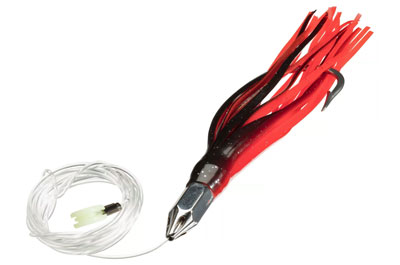
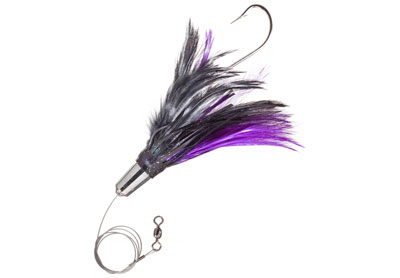
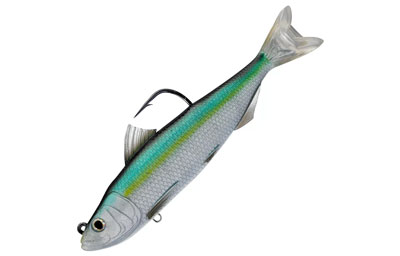
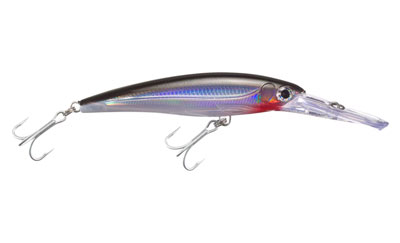
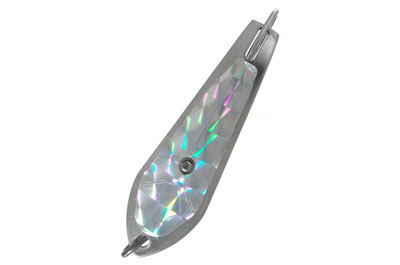
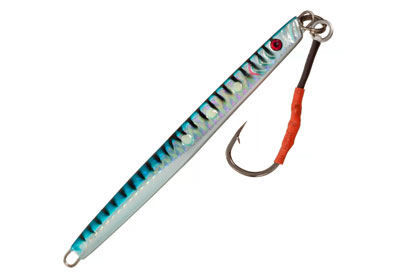
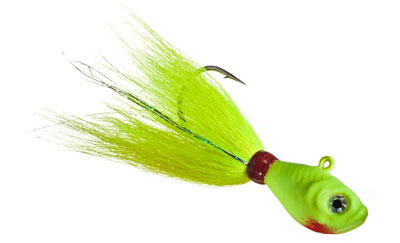
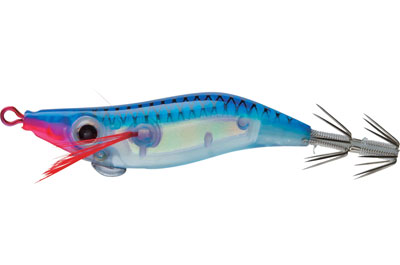
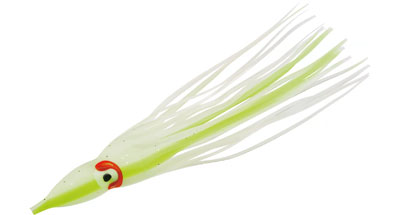
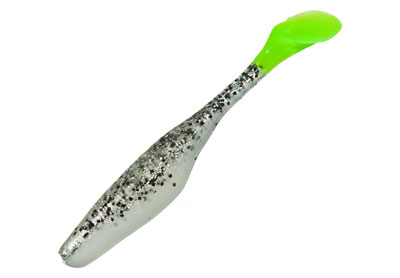
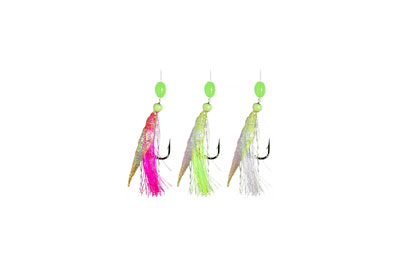
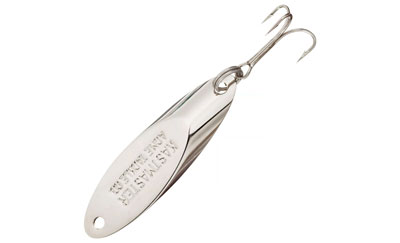
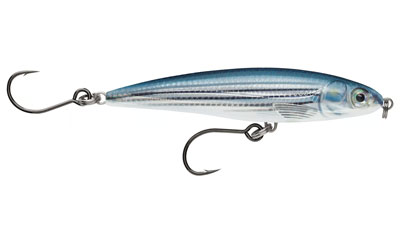
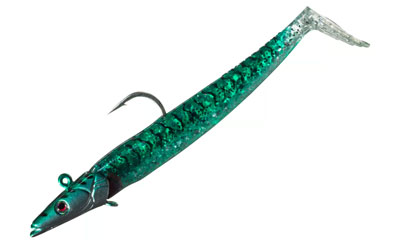
























New! Comments
Have your say about what you've just read! Leave me a comment in the box below.